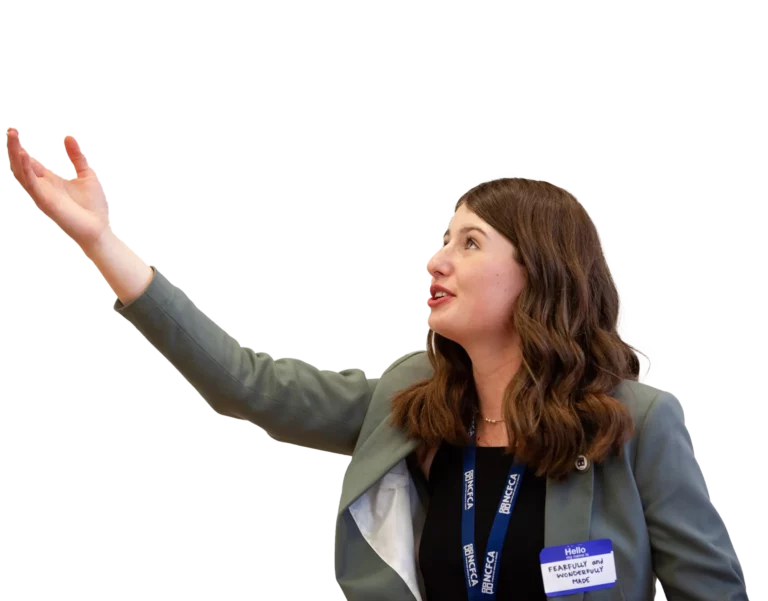Welcome to Moot Court!
Moot Court simulates oral arguments before an appellate court. Students present legal arguments regarding a fictional case as they focus on convincing the judge(s) to either uphold or overturn a lower court’s ruling.

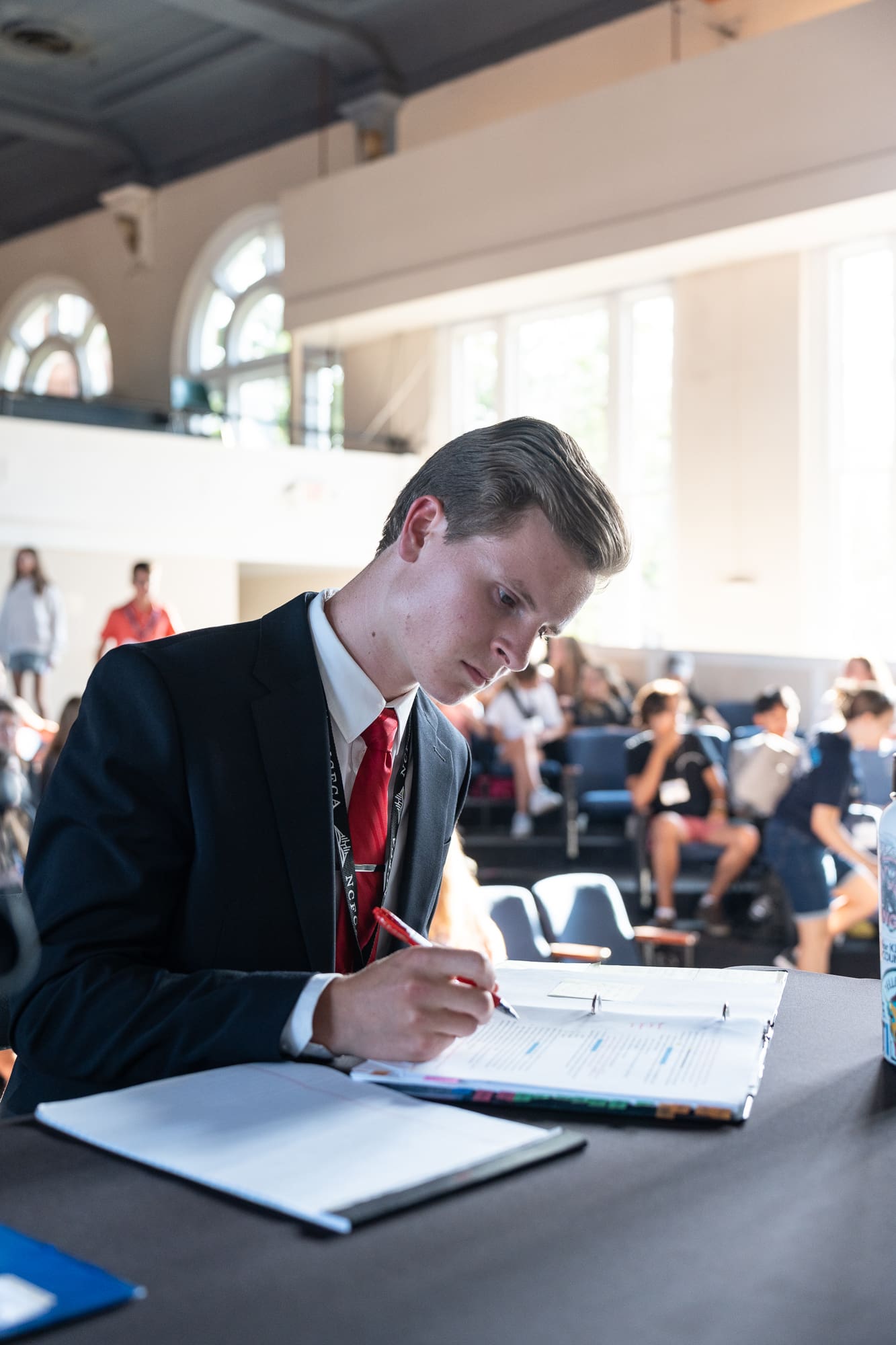

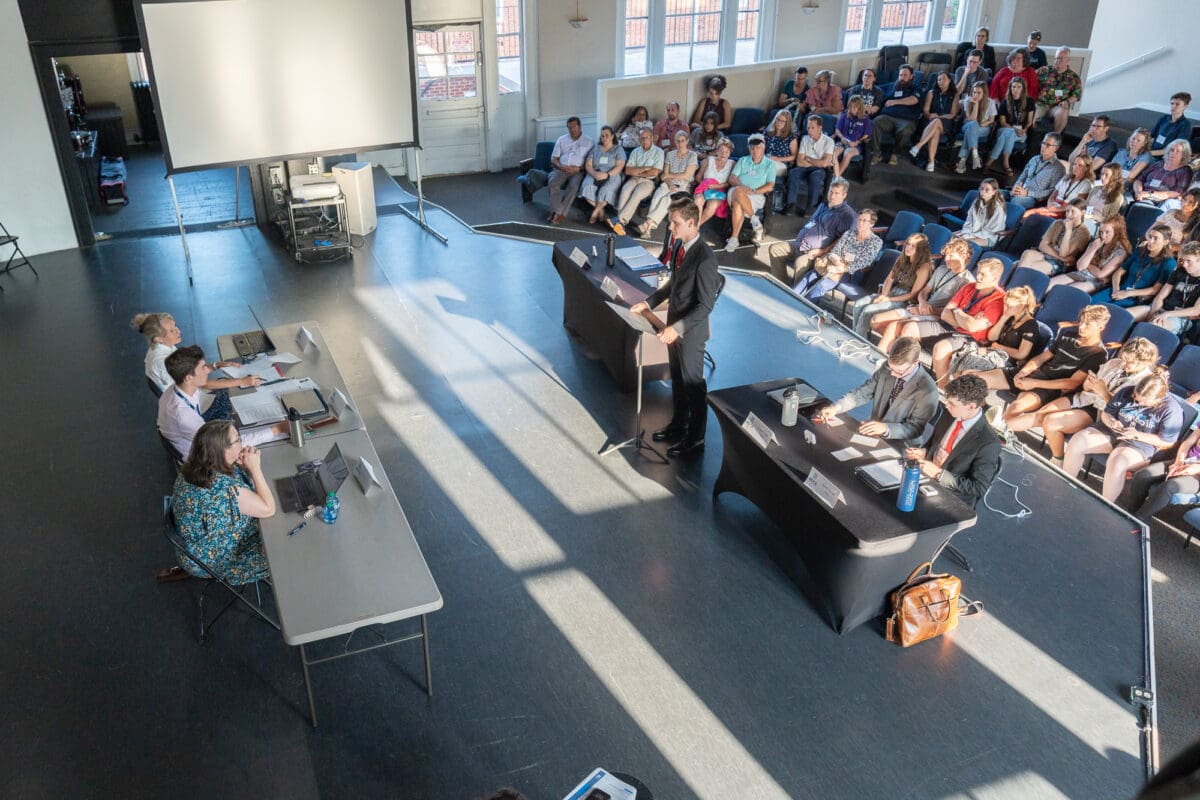
How This Event Works
The Case Packet for the season contains a fictional decision issued by a lower court. There are two teams of two in the round: the petitioner, who is arguing that the court should overturn (or “reverse”) the decision of the lower court; and the respondent, who is arguing that the court should uphold (or “affirm”) the decision of the lower court. The petitioner, like the affirmative team in debate, speaks first and last in the round.
Moot Court judges are encouraged to go beyond listening and evaluating. They play the role of Supreme Court Justices and are allowed and encouraged to interrupt the speakers to ask them questions about their arguments or positions.
Tarun Bellator, Petitioner vs. The State of Frankfurt, Respondent
2024-2025 Case
IT IS THEREFORE ORDERED that counsel appear before the Supreme Court to present oral argument on the following issues:
- Whether the Petitioner’s disorderly conduct conviction violates Petitioner’s First Amendment rights?
- Whether the search of Petitioner’s dorm room and subsequent seizure of the Petitioner’s firearm and unlawful ID violate Petitioner’s Fourth Amendment rights?
Read about the facts of the case and how the lower court ruled. The majority opinion explains the basis for the decision that is now being appealed, and the dissenting opinion comes from a judge who disagreed with colleagues about how to interpret the situation before the court.
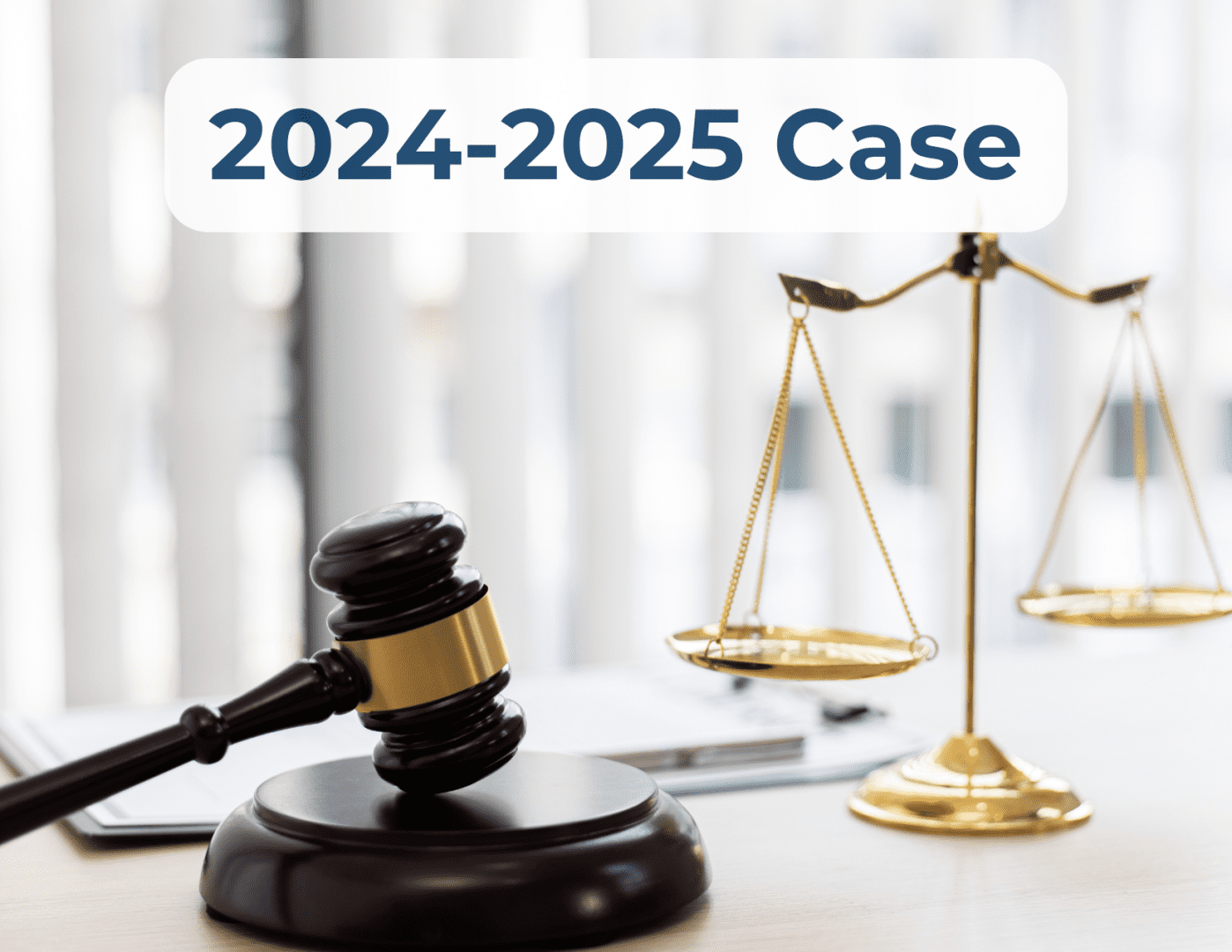
Special Acknowledgment
NCFCA Christian Speech & Debate would like to thank the all-volunteer team led by Maria Gerber with the help of her co-author, Nicolas Cathcart and assistants, Jacob Galofre and Tristyn Rampersad for writing this year’s case. We are also grateful for reviews and feedback from Dr. Michael Farris, Lewis Ringel, Anthony Severin, Tracy Bock, Howard Clayton, and Henry Chen, as well as our editing team, Jessica Crone and Grace Doi.
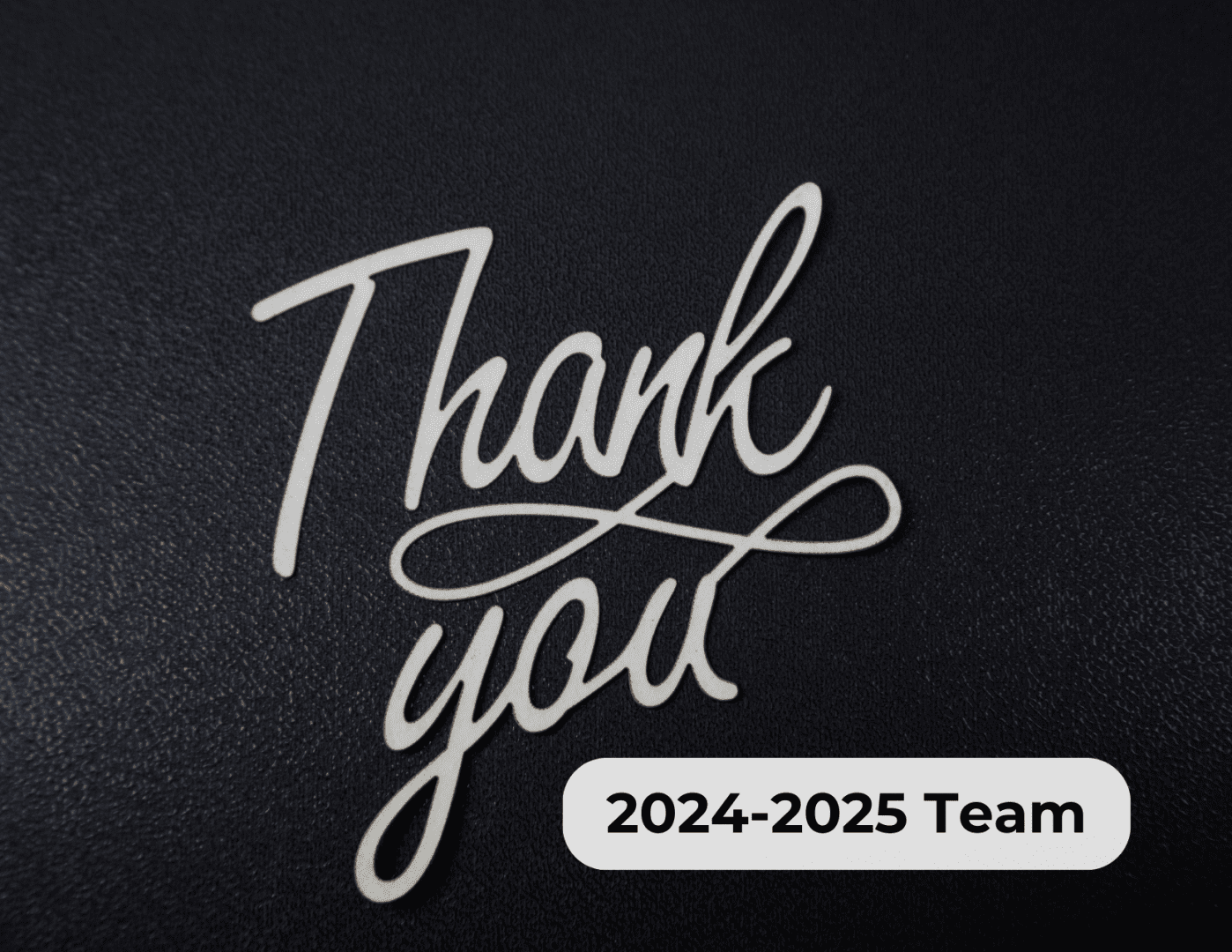
Moot Court FAQs
How are NCFCA rules and policies enforced?
Every type of competition has rules, and NCFCA is no exception. Our tournament Compliance teams and our National Adjudication Team work throughout the season to ensure a fair and level playing field for everyone involved. Learn more about how rule enforcement works by visiting our Compliance FAQs page.
What is meant by the closed Universe in Moot Court?
As a time-bound academic exercise, Moot Court takes place in the confines of what is known as the “closed universe” to prevent argumentation from extending into an endless web of potentially related case law. However, the boundaries of the universe can be difficult to understand, and the Moot Court Committee and our Compliance Teams get several questions about the following rule every season.
“The content presented in the round is restricted to a ‘closed universe’ that is limited to material contained or referenced within the Moot Court packet and the United States Constitution” (2022 Debate Guide: Section III.4).
Understanding this rule begins with understanding what makes up the Moot Court packet. The packet consists of the following:
- The case, which is a fictitious lower court’s decision, including the majority and dissenting opinion.
- The full text of the cases and/or articles which are directly cited in the fictitious lower court’s decision. (We do not reproduce all of these cases as part of the packet, but links are provided in a list at the end of the case.)
- Any appendices that may be attached to the case.
The “closed universe” consists of the Moot Court packet plus the United States Constitution.
Confusion happens when one of the permissible cases in the packet cites a case which is not part of the packet (because it was not cited in the fictitious case at bar). In other words, there is a reference to another case embedded within one of the cases in the packet.
In a Moot Court round, it is permissible to use part or all of the excerpt of the embedded case that is contained within the case that is part of the packet, but ONLY the substance of the excerpt may be used. Competitors may not reach beyond the bounds of the included case to cite any other assertions, conclusions, or arguments from the embedded case.
Think of it this way: If the fictitious case at bar is State vs. Bananas, and the lower court’s decision cites State vs. Apples, then State vs. Apples will be part of the closed universe and will be included in the table of cases permissible to cite in the round. However, if State vs. Apples quotes or discusses something from State vs. Oranges, that does not mean that all of State vs. Oranges becomes part of the closed universe. The only part of State vs. Oranges that may be used for argumentation and support in the round is the exact portion cited in State vs. Apples.
When and how do competitors get their ballots?
After the tournament, ballots will be available from the Ballots button on the right side of the dashboard just above the Tournament Results button.
Does NCFCA provide a printable copy of the rules?
We have transitioned to using our NCFCA.org website as the official means of publishing all competition rules and guidelines. This change allows for improved navigation, organization, and content presentation options, especially for new families.
However, we realize that some participants also like to prepare using printed documents. We offer a print-button option on all of our rule pages, but the formatting options are limited and can be cumbersome with some browsers, so here are some tips you can use to save paper and ink if you feel like you need to print the rules.
Make your own printable pages. You can easily copy the rules you want into a Google Doc and the formatting will be maintained nicely.
- This step-by-step guide will show you how to start a Google Doc.
- Once you have a Google Doc open along with the website rules on a different browser tab, use your cursor to highlight the section of rules you would like to print and then simultaneously press the keys: CTRL/C (PC) or COMMAND/C (Mac). Note: The process works best if you highlight only one set of rules or one set of guidelines at a time (without highlighting over the break between rules and guidelines).
- Next, place your cursor in the document and simultaneously press the keys: CTRL/V (PC) or COMMAND/V (Mac). This should make the text appear in your document.
- This process will work in a similar way with Microsoft Word and other document options.
- With the text copied into your own document, you can change the font size and margins to your own preferences.
Avoid duplicate content for speech rules by printing the guidelines only once for each event category (limited prep, interpretation, and platform). The guidelines for each speech category are replicated on the appropriate event pages. The exceptions to this are that Digital Presentation has an extra “Digital Presentation Protocols” section, Apologetics includes the topics, and Extemporaneous has unique timing protocols.
Please keep in mind that our website contains the official copy of all rules. We will alert participants through our affiliate communications emails if we make any substantive changes to rules or guidelines, but it is the responsibility of competitors to follow the officially published rules.
When do I need to use a disclaimer in debate?
Disclaimers in debate should be incredibly rare. The Debate Committee works hard to ensure that an adequate treatment of any of our resolutions will not require the use of material that would need a disclaimer.
Although particularly shocking, violent, or grisly material would warrant a disclaimer, we would encourage parents and coaches to educate their students about what language and examples are fitting to the setting and to lovingly correct those that are out of place. Remind debaters that they may be debating a student as young as twelve years old who cannot excuse themselves from the debate round.
We would encourage debaters to steer clear of extreme examples and descriptive vocabulary that paints a graphic picture. (Sexually explicit language or descriptions are never appropriate in a debate round and are banned by our competition material policy, along with all forms of vulgarity.) Such speech is not necessary in order to debate our resolutions. Instead, when handling potentially sensitive subject matter, students can:
- Use statistics rather than graphic stories
- Use truthful but more succinct or general language
- Focus on the philosophical or policy issues that are at the heart of the resolution
Christian debaters should seek to sharpen each other in order to gain the skills they can use as ambassadors for Christ. Learning how to discuss heavy themes in a discrete and gracious way is a skill that is worth sharpening.
Find Your Voice, Shape Your Future
Join us as you embark on a transformative journey to become a powerful and effective communicator.
